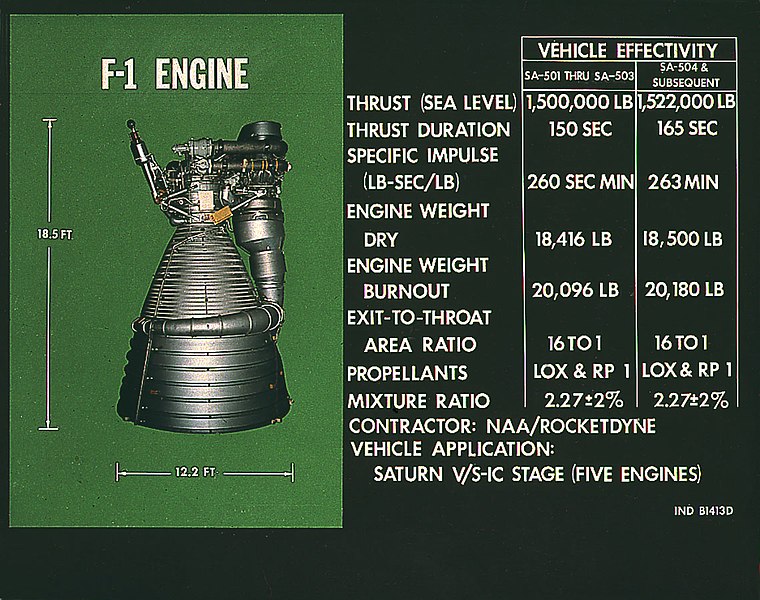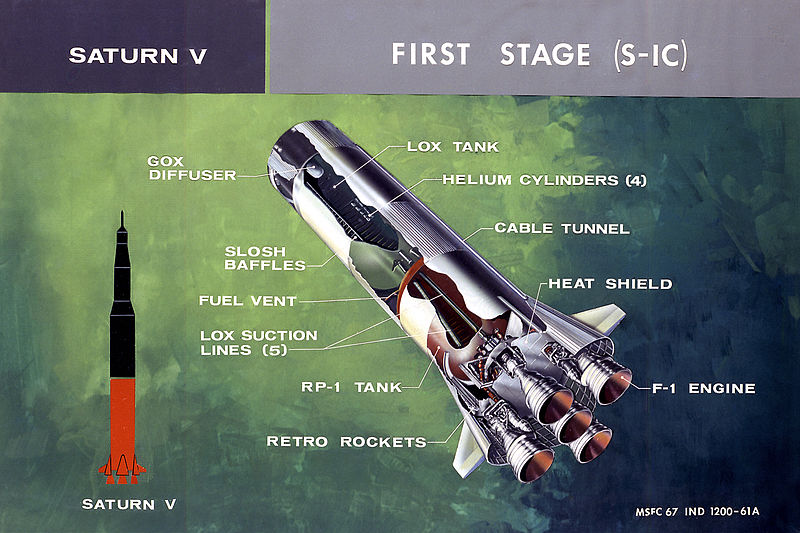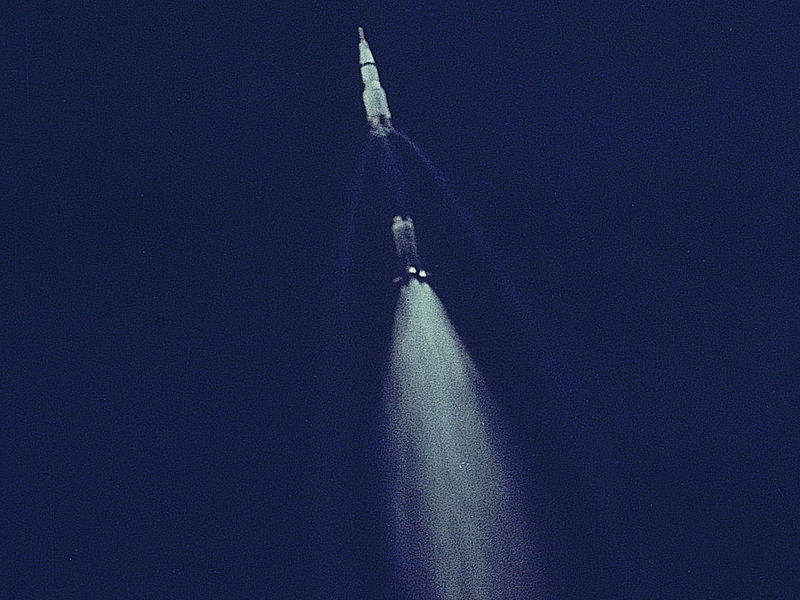StefanJ
Well-Known Member
- Joined
- Jul 6, 2009
- Messages
- 428
- Reaction score
- 5
Cool:
https://blogs.scientificamerican.co...f-bezos-apollo-11-rocket-engines-lost-at-sea/
"Im excited to report that, using state-of-the-art deep sea sonar, the team has found the Apollo 11 engines lying 14,000 feet below the surface, and were making plans to attempt to raise one or more of them from the ocean floor. We dont know yet what condition these engines might be inthey hit the ocean at high velocity and have been in salt water for more than 40 years. On the other hand, theyre made of tough stuff, so well see."
https://blogs.scientificamerican.co...f-bezos-apollo-11-rocket-engines-lost-at-sea/






